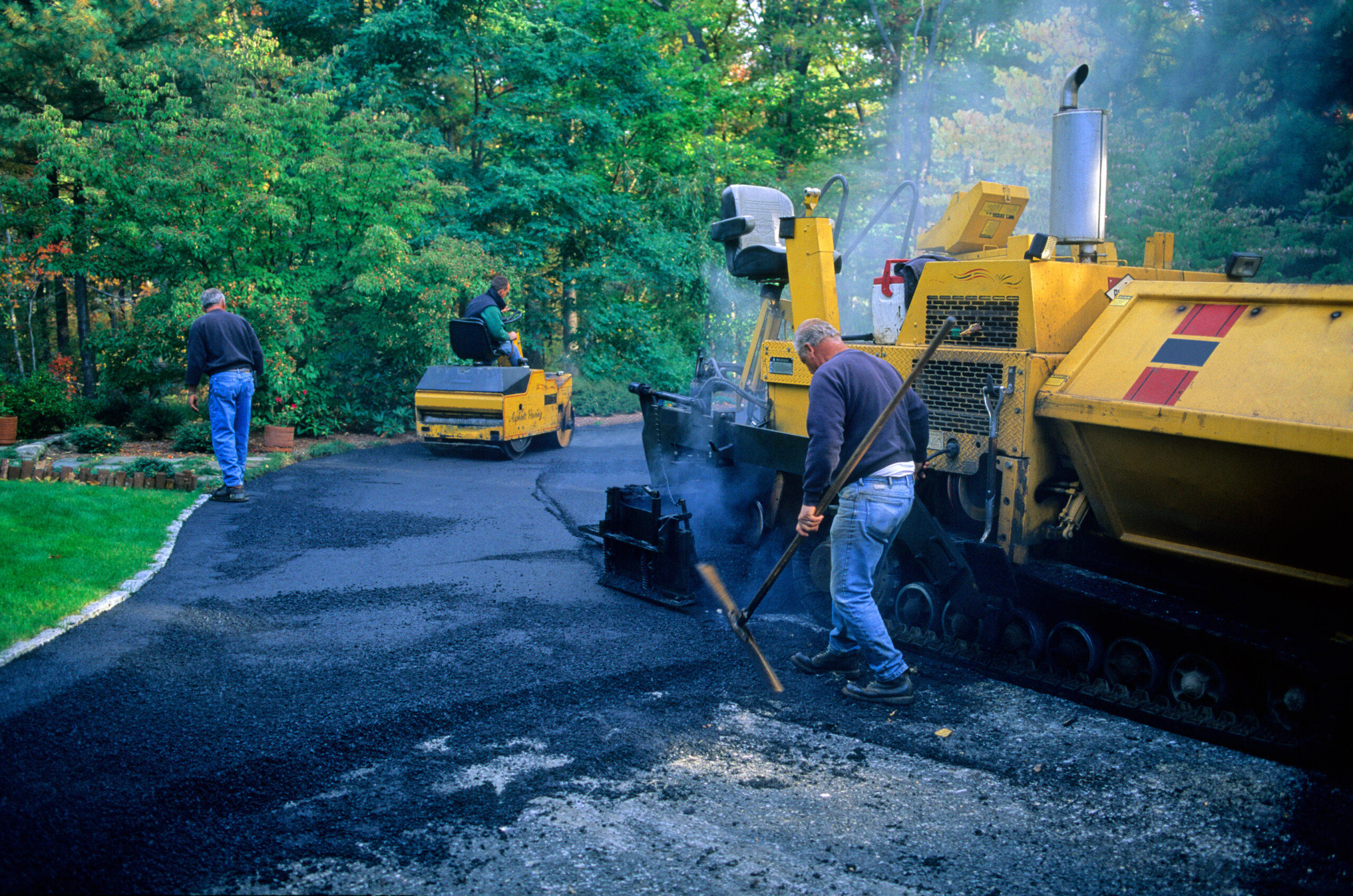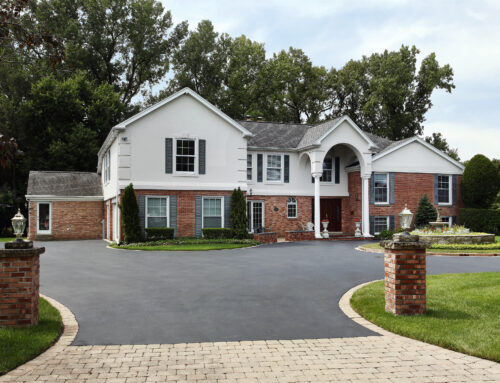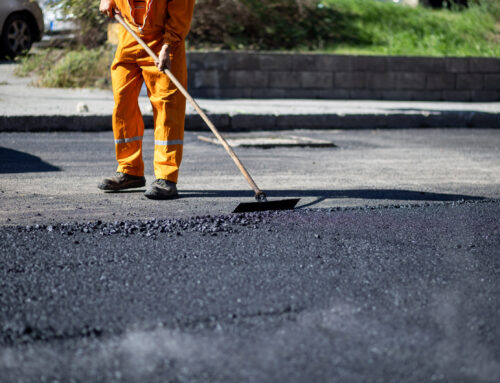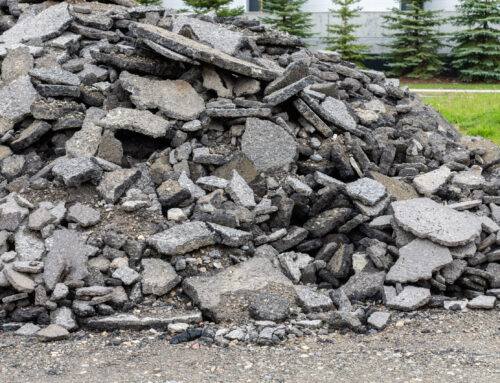Asphalt is a durable and cost-effective paving solution for driveways, roads, and parking lots. However, one of the most persistent and often overlooked threats to asphalt pavement is tree root intrusion. Even if they’re not the most common problem for us here in Tucson, it’s worth talking about. This time on the Sunrise Asphalt blog we’re talking tree roots.
As trees grow, their roots naturally seek water and nutrients, which can lead them to push through and disrupt asphalt surfaces. This can result in cracks, upheavals, and costly repairs. Understanding how tree roots interact with asphalt and implementing preventative measures can help protect your pavement from long-term damage.
How Tree Roots Damage Asphalt
Tree roots grow outward and downward in search of water, often spreading far beyond the canopy of the tree itself. When planted too close to asphalt surfaces, these roots can cause several things to occur, none of them good!
- Surface Cracking and Lifting: As roots expand and thicken, they exert pressure on the pavement above. This can lead to cracks, bulges, and even the lifting of asphalt sections.
- Water Intrusion: When asphalt cracks, it allows water to seep through, weakening the base layer and leading to potholes or further structural deterioration.
- Uneven Surfaces: The upward pressure from root growth creates an uneven pavement surface, which can be hazardous for pedestrians and vehicles alike.
- Weakened Foundation: Tree roots can erode the subbase of asphalt, reducing its ability to support heavy loads and increasing the likelihood of pavement failure.
How to Protect Asphalt from Tree Roots
While trees are an essential part of the landscape, strategic planning and maintenance can minimize their impact on asphalt surfaces. Here are some effective ways to prevent tree roots from damaging your pavement.
1. Choose the Right Trees
Some trees are more aggressive in their root growth than others. Opting for tree species with non-invasive root systems can help mitigate potential problems. Trees such as Dogwoods, Redbuds, and Japanese Maples tend to have less destructive root systems compared to Oaks, Poplars, and Willows.
2. Maintain Proper Tree Placement
When planning tree placement, consider the distance from asphalt surfaces. Ideally, trees should be planted at least 10-20 feet away from paved areas, depending on the species. This provides ample space for root expansion without directly interfering with pavement.
3. Install Root Barriers
Root barriers are physical barriers placed underground to direct root growth downward instead of outward. These barriers are usually made from plastic, metal, or fabric and can be installed along the perimeter of the asphalt to discourage root intrusion.
4. Use Reinforced Pavement Designs
If trees must be planted near asphalt, reinforcing the pavement with geotextile fabric, thicker sub-base materials, or flexible asphalt mixes can help resist cracking and upheaval caused by root growth.
5. Regularly Trim and Maintain Roots
Routine root maintenance is essential in preventing damage. A certified arborist can prune tree roots strategically without compromising the tree’s health. Trimming roots before they reach the asphalt can slow down the damage process significantly.
6. Improve Drainage Around Asphalt
Tree roots often seek water sources near asphalt because of poor drainage. Installing proper drainage systems, such as French drains or permeable pavement solutions, can reduce excess moisture and discourage roots from growing toward paved areas.
7. Repair Damage Early
Small cracks or uneven spots in asphalt should be addressed as soon as possible to prevent them from worsening. Sealcoating, crack filling, and patching minor damage can extend the life of your pavement and prevent extensive root-related deterioration.
What to Do If Tree Roots Have Already Damaged Your Asphalt
If your asphalt is already showing signs of tree root damage, consider these options:
- Surface Patching: For minor cracks or lifting, asphalt patching can provide a temporary fix until more extensive repairs are needed.
- Milling and Repaving: If root damage is severe, milling the asphalt down and repaving with a reinforced base may be necessary.
- Root Removal and Redirection: In extreme cases, tree roots may need to be removed or redirected. However, this should be done carefully to avoid harming the tree.
- Tree Relocation: As a last resort, removing and replanting trees in a more suitable location can prevent future root damage to your asphalt surfaces.
Tree roots and asphalt don’t always coexist peacefully, but with proper planning, maintenance, and preventative measures, you can protect your pavement from significant damage. Whether it’s choosing the right trees, installing root barriers, or reinforcing pavement design, taking proactive steps will help extend the lifespan of your asphalt and maintain a safe, smooth surface for years to come. If you need help making sure your trees don’t grow into your asphalt, well you’ll have to look elsewhere. But, if you’re already dealing with asphalt damage from tree roots, give us a call at Sunrise Asphalt today to bring your asphalt back up to snuff!





